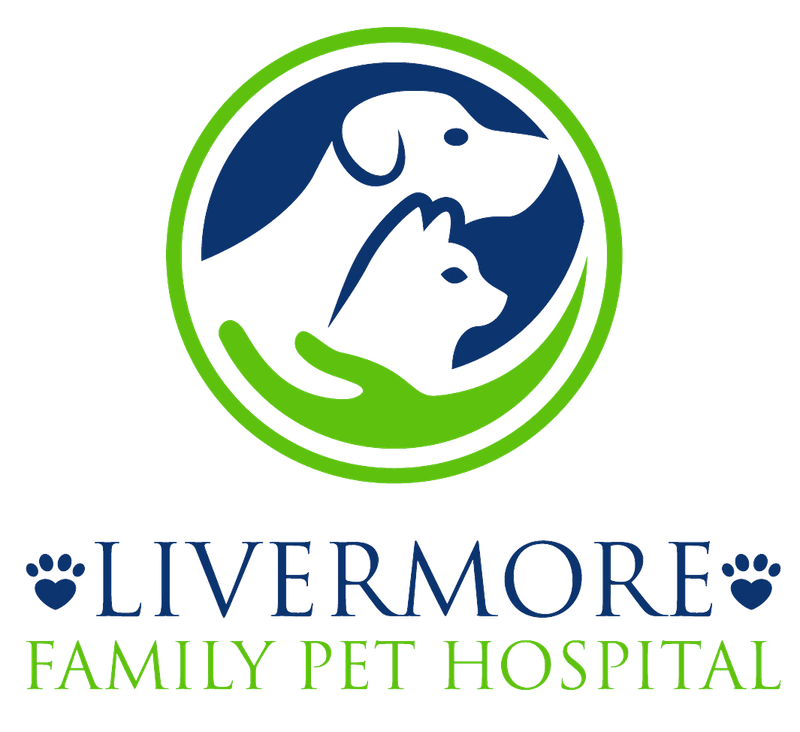The avascular femoral head necrosis is a disease of the hip joint associated to a malformation of the head of the femur. The disease is also referred to as Legg-Perthes Disease or Legg-Perthes-Calvé from the scientists who described it first.
The origin of the disorder is a vascular defect of the femoral head that leads to a necrosis of the bone.
The adjacent cartilage deteriorates, and triggers an inflammatory reaction of the joint and arthrosis. The consequences include pain and also lameness.
Animation of the normal anatomy of the hip joint:
What is the origin of the disease?
The origin of the disease is not known. Some people believe there is a genetic component to it, other consider that a trauma is responsible initially. Dogs affected are usually less than 1 year old, more so between 5 and 8 months with no sex predisposition.
Certain breeds are more affected than others and it is seen essentially in small breeds, particularly in the following:
- Toy Poodle
- Chihuahua
- Dachshund
- West Highland White terrier
- Yorkshire terrier
- Havanese
What are the clinical signs of avascular necrosis of the femoral head?
Generally, a progressive unilateral hind limb lameness occurs between the age of 5 and 8 months and it gets worse to a point where the animal does not place any weight on the affected leg. The limb is getting stiff, muscle atrophy on the thigh and the rear end. Pain is present when manipulating the hip and a feeling of cracking and crepitations may also be present. In 85 to 90% of the cases only one hip is affected.
How is my vet going to confirm the diagnosis?
A young dog of a small breed suffering of a progressive unilateral hip pain on manipulation of the joint should trigger a suspicion for AFHN. The diagnostic is confirmed by a radiological examination of the hip.
Radiographic images of a dog affected by avascular femoral head necrosis on the left side:

What is the treatment of avascular femoral head necrosis?
As soon as the radiological exam demonstrates a femoral head deformity or an abnormal hip joint, treatment should be considered. The treatment is surgical and consists in removing the affected femoral head. Results are usually excellent and animals live a normal life after such a procedure.
Radiographic images of a dog operated of a femoral head ostectomy:

Should the femoral head be intact and not deformed, a conservative medical treatment could be first considered with physiotherapy and cage rest. Regular check-ups are needed to make sure that the condition is stable as surgery may be needed later on.
Because of the potential genetic component of the disease, it may be better to avoid breeding affected dogs.
If you have questions and you'd like to reach out to us, you can call us directly at (925) 744-6421, or you can email us at [email protected].

